With Google's new Pixel 4, we now have another device in the pool of phones designed for normal-sized hands. The other major player in this segment is as big as it gets — metaphorically. Apple's iPhone 11 Pro is the small phone to beat, but can Google be the one to dethrone it?
This year's Pixel 4 is a big update. Google has added true face unlock, hand-free radar-sensing controls, and much more, giving its Pixel users some features that other Android phones just don't have. It's also the second phone to launch with Android 10 which brings over 40 new changes to the operating system.
But Apple made some major changes, too. This is the first phone Apple gave the "Pro" title to and it does a good job of living up to its name with its all-day battery life, triple rear cameras, and industry-leading display. So for those pondering which to buy, here are the reasons you'd choose one over the other.
Specs Comparison

Jon Knight/Gadget Hacks
Why You Should Buy the Google Pixel 4 XL
You buy a Google Pixel in general for its camera. Google continues to deliver industry-leading performance while using fewer lenses, but this year, they added two new sensors: a telephoto camera and a ToF sensor. This allows the Pixel 4 to shoot amazing pictures and helps with features such as an improved Night Sight and the ability to capture action shots where fast-moving subjects can still have a bokeh effect.

Jake Peterson/Gadget Hacks
The Pixel 4 is the first phone to use the new Soli radar chip, a new technology designed by Google. This sensor can detect movement around the phone, such as gestures that can then can be processed to perform specific actions on the phone.
Google has programmed this radar to allow Google Pixel 4 users to manage their phones without touching it, including the ability to change songs playing and silence the ringer. Perhaps the most useful implementation of Soli is the fact that the Pixel 4's secure face scanning system activates as soon as you reach for the phone, so it unlocks significantly faster than Apple's Face ID.

Jake Peterson/Gadget Hacks
This year, all the rage is refresh rate, and Google has joined the party. The refresh rate is how many frames your display can render per second. Most phones are limited to 60 fps thanks to their 60 Hz display, but the Pixel 4 is different. It increases this number to 90 Hz, which means smoother animations in apps and games. This includes the new Google Stadia, Google's new streaming video game console, which Pixel 4 users can take advantage of this year (everyone else, including iPhone 11 Pro users, will have to wait until 2020).
Why You Should Buy the iPhone 11 Pro
As long as I've been reviewing phones, two things have always been true: the newest iPhones will have less RAM and a lower display resolution than most Android phones. However, Apple has undone the latter. The iPhone 11 Pro once again offers a higher resolution than the Pixel 4. And unlike last year, when the Pixel 3 had better pixel density due to its smaller display, the iPhone 11 Pro has a better density as well. It also has what DisplayMate considered the best display they have seen on a smartphone (though the Pixel 4 got the same rating).
You also choose the iPhone 11 Pro if you want the very best SoC. The Apple A13 Bionic outperforms the Qualcomm Snapdragon 855 (found in the Pixel 4) in both CPU and GPU performance. It delivers a smoother experience in games, is able to render more frames (although it's limited to 60 fps), and can process more demanding tasks.

Jake Peterson/Gadget Hacks
While the actual camera performance is debatable and will likely favor the Pixel 4 in general, the iPhone 11 Pro offers more options. You get three lenses instead of two, and the extra is an ultra-wide lens. With this, you get more in the frame without needing to back up. This versatility also assists video where you can transition between lenses as your subject moves instead of needing to move with your subject.
There are also more storage options. One of the biggest gripes with the Google Pixel 4 is limited storage options. For whatever reason, Google refuses to include microSD support in the Pixel devices despite the operating system supporting them. You're also stuck with a maximum storage of 128 GB, one-fourth the maximum option of the iPhone 11 Pro (though the base tier models both start at 64 GB).

Jake Peterson/Gadget Hacks
Cover image via The Verge/YouTube and Marques Brownlee/YouTube









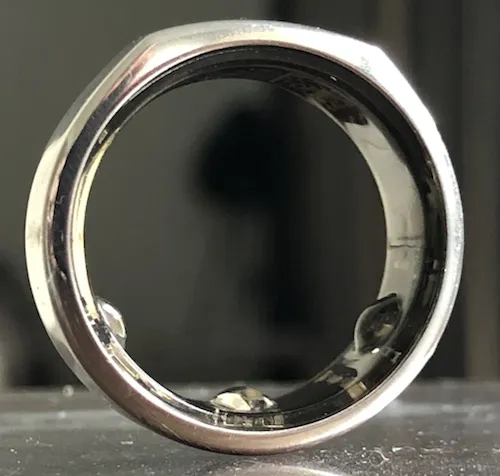


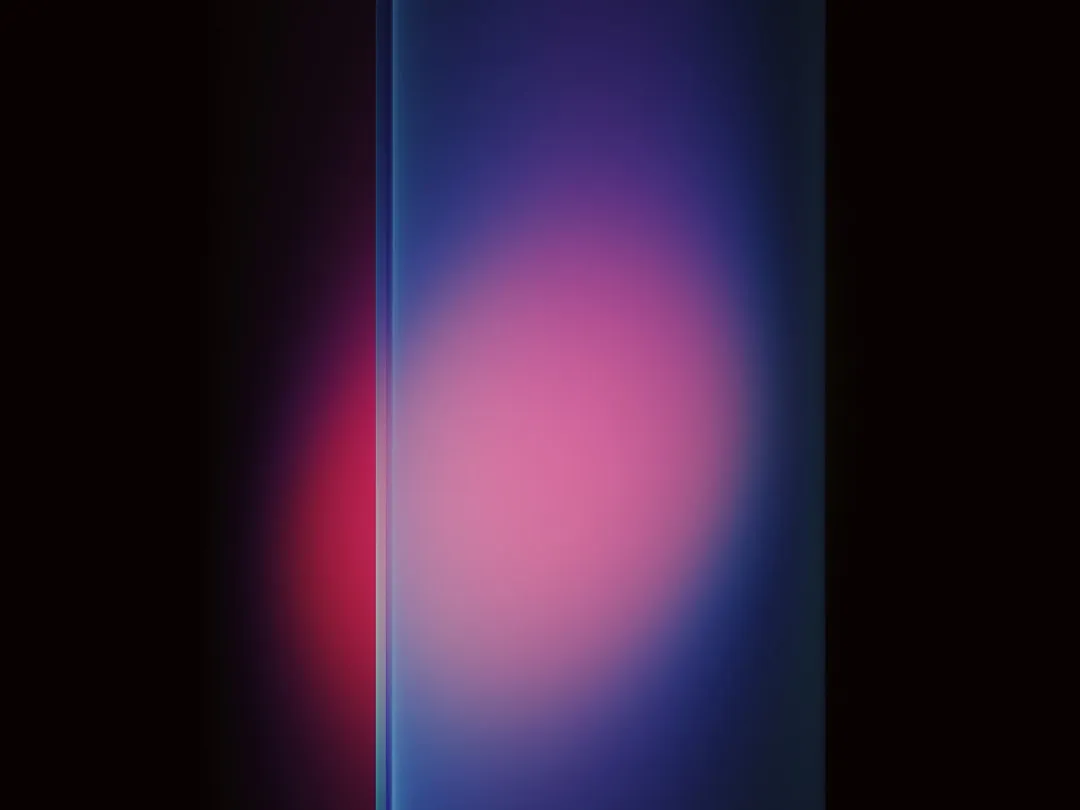


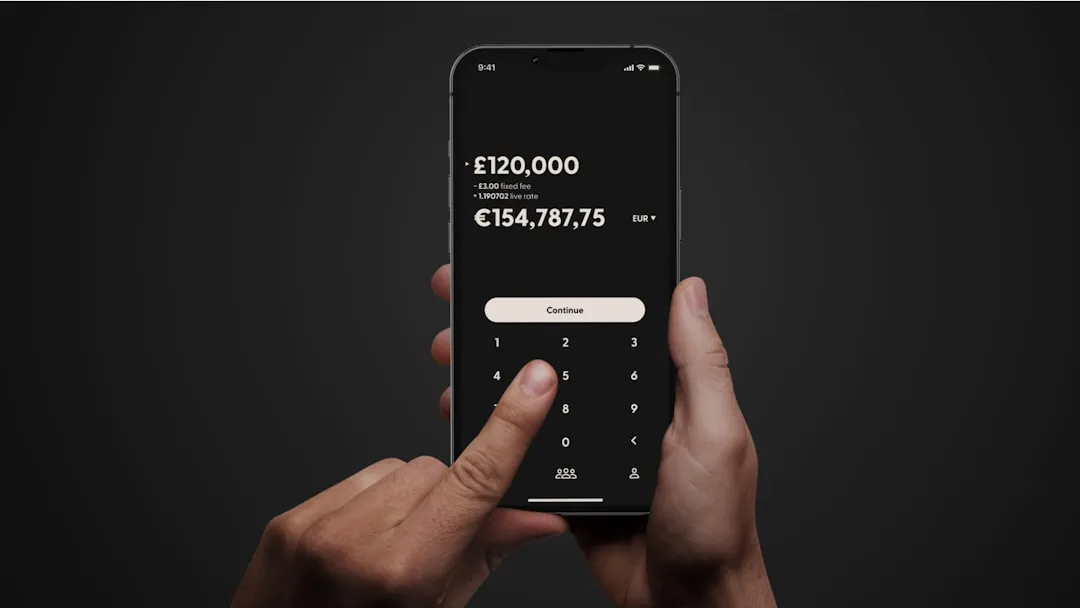
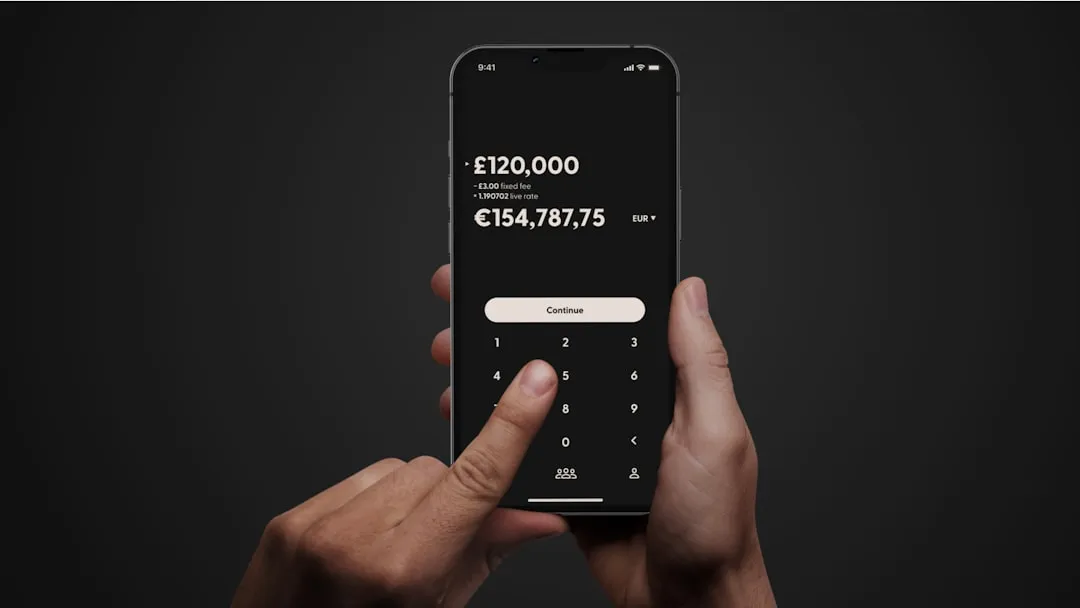
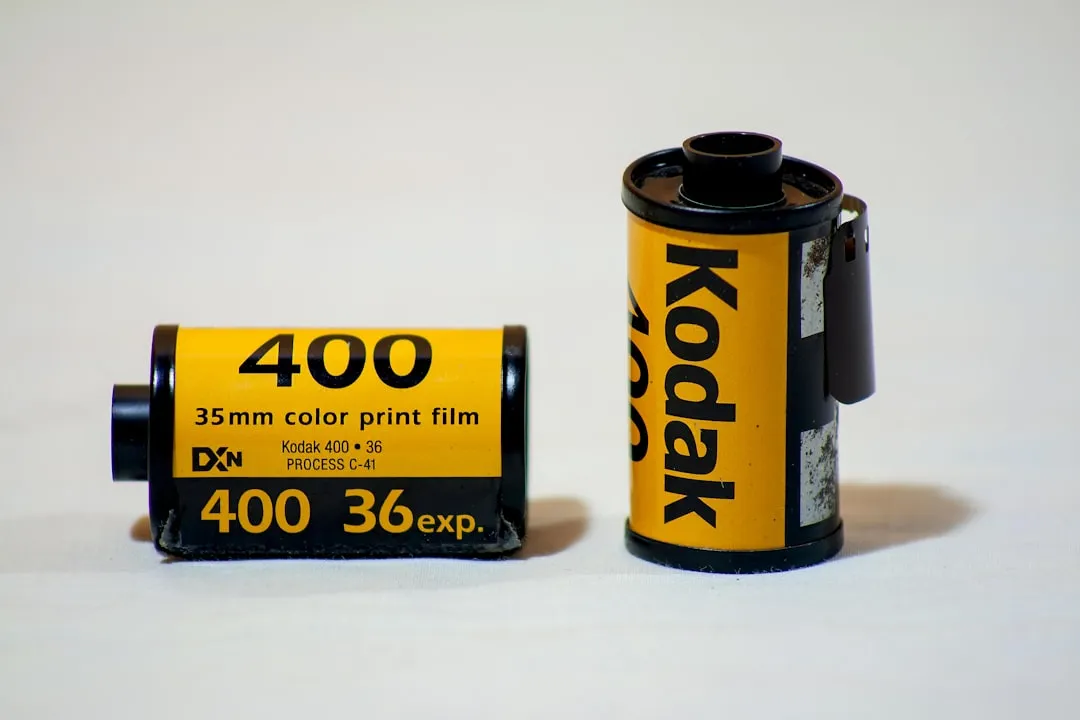

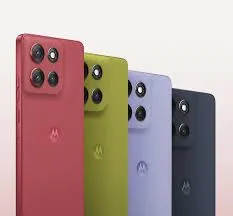




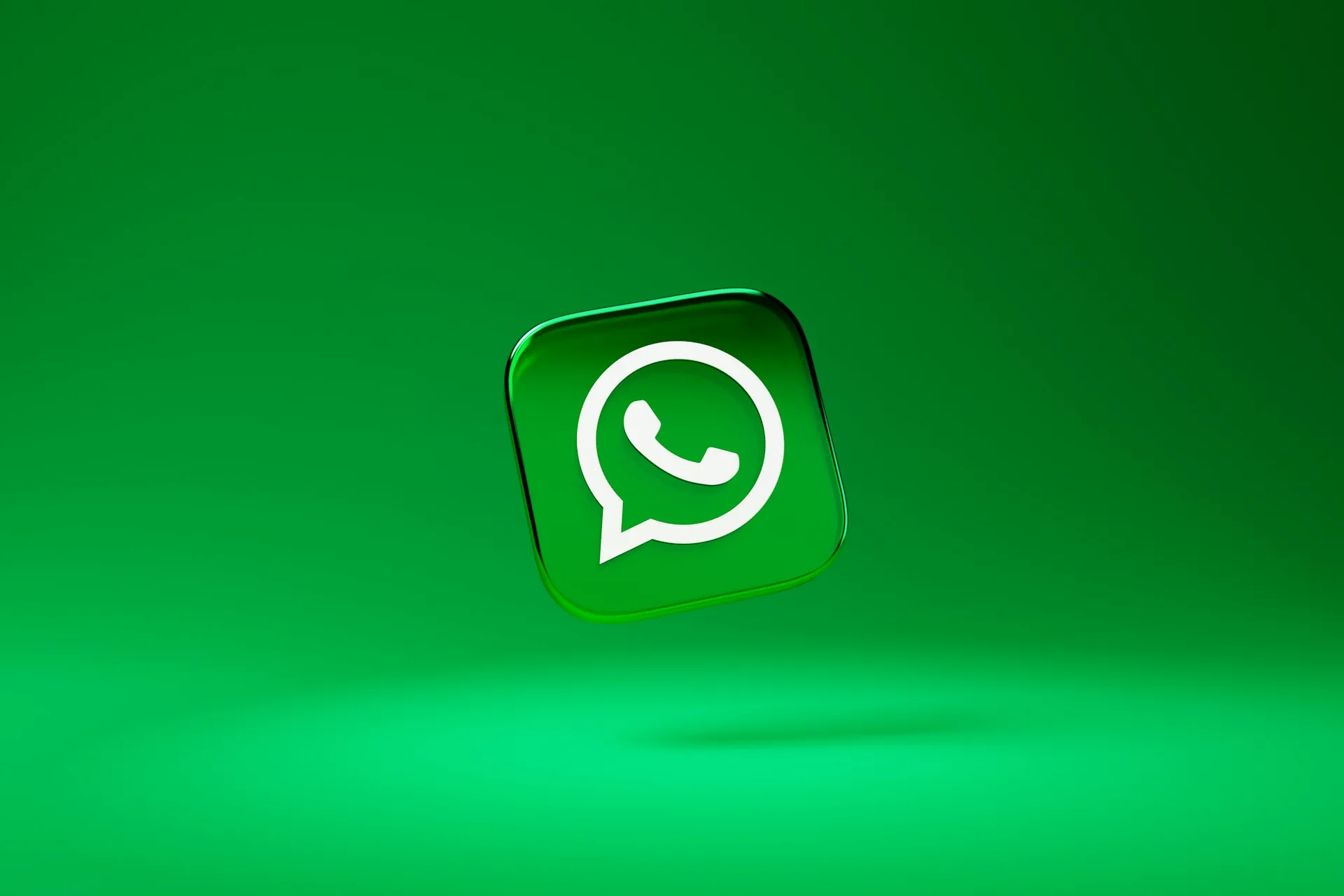
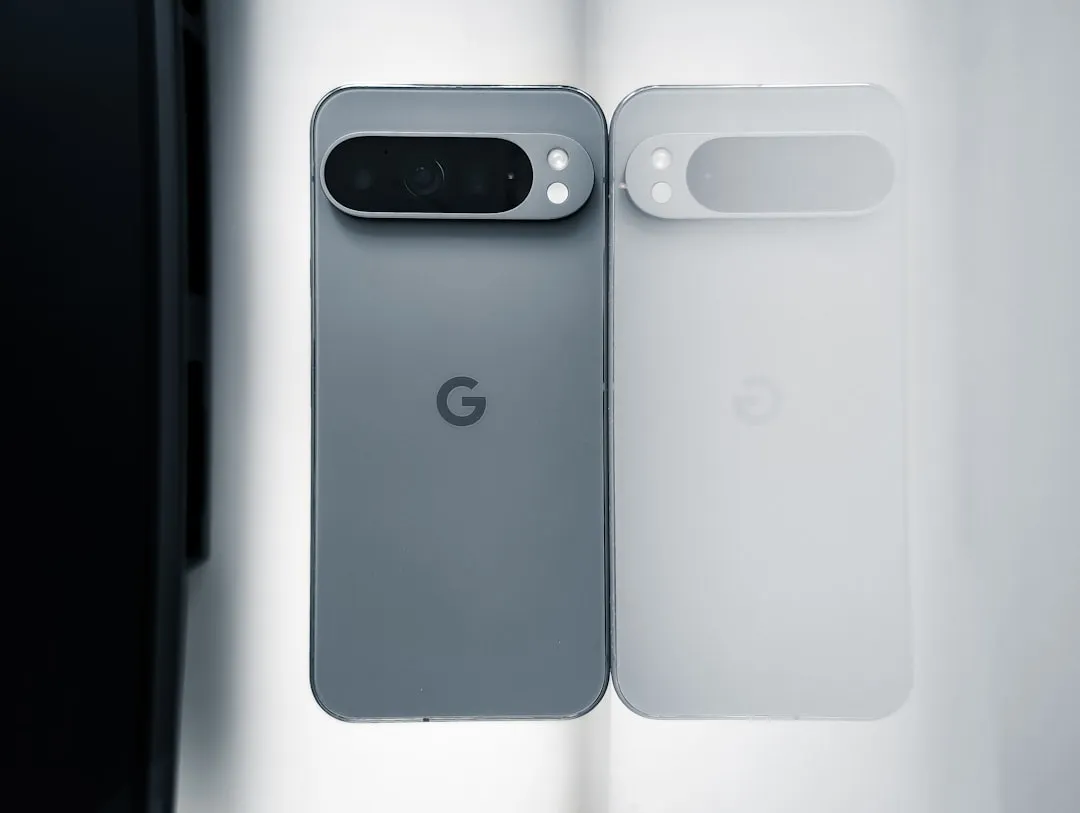

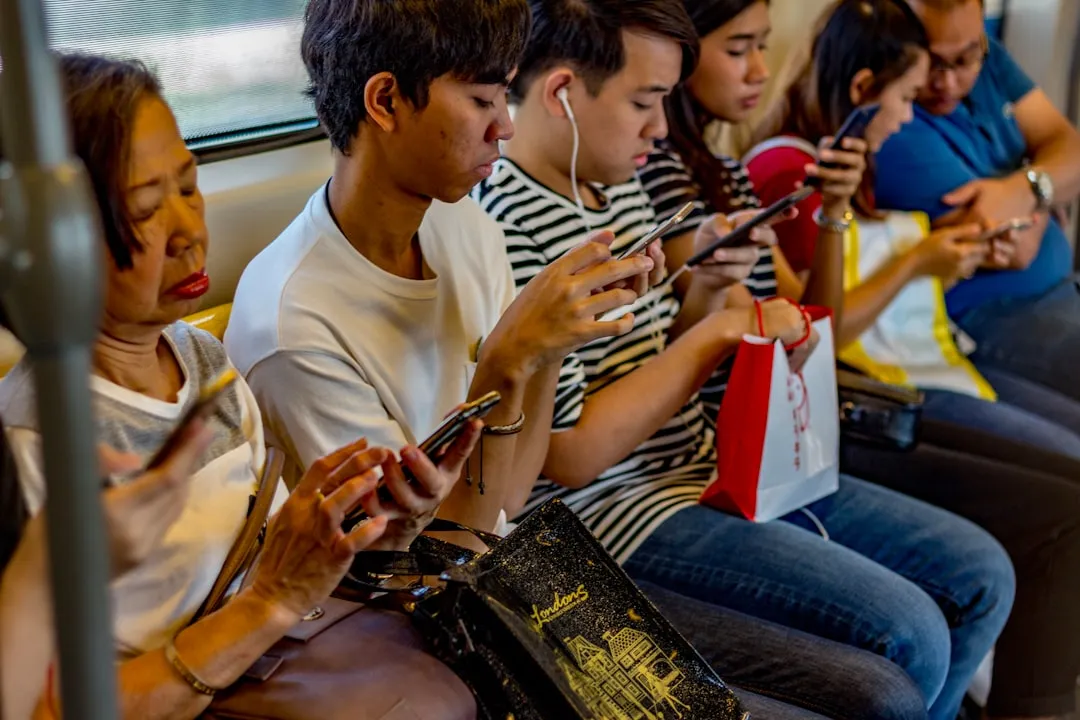
Comments
Be the first, drop a comment!